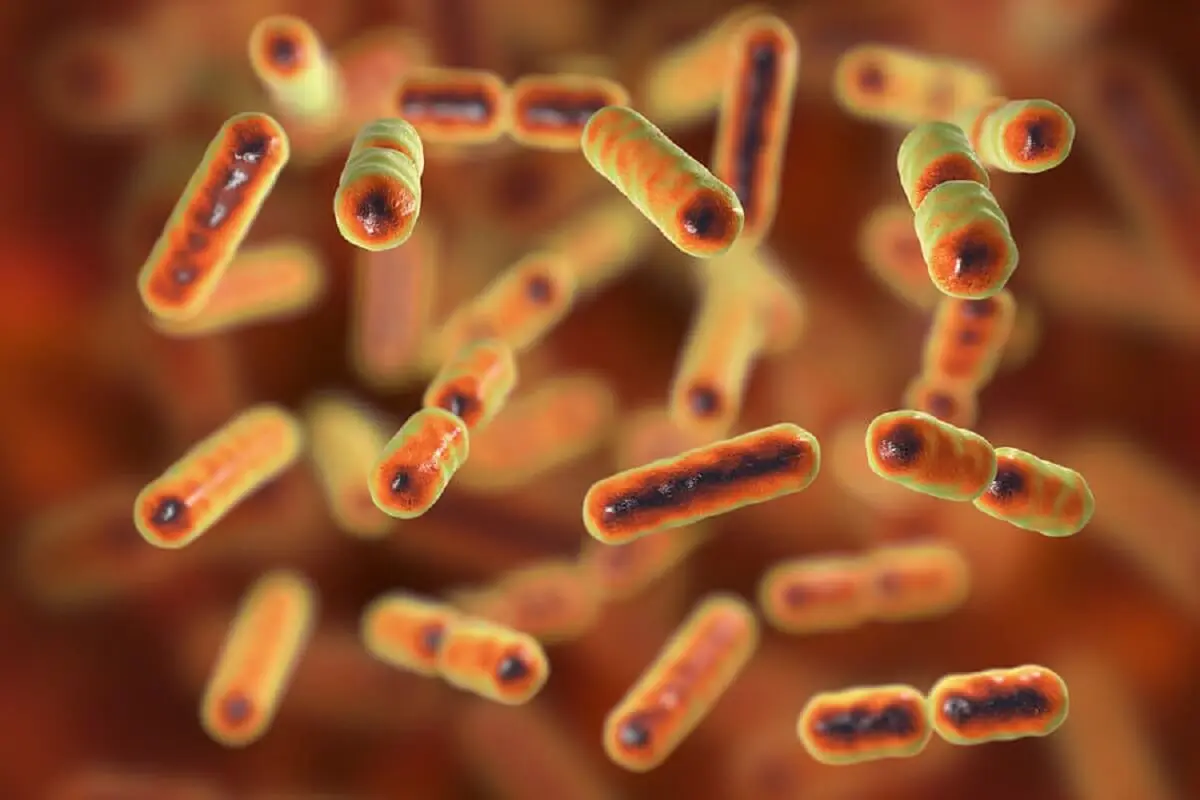When is it Necessary to Eat a Low-fiber Diet?


Written and verified by the nutritionist Saúl Sánchez Arias
In some situations, it’s necessary to have a low-fiber diet. We speak about an important substance to maintain good intestinal health. However, at certain times, eating a lot of fiber has contraindications. It may be necessary to limit your fiber intake to adequately manage certain health problems like the ones that we’ll mention below.
In any case, before starting, it should be noted that the key is to ensure a daily intake of 25 grams of fiber. With this, the internal environment functions optimally, at least as far as intestinal and digestive health is concerned. The assimilation of fiber not only prevents constipation, but is also key to the absorption of certain nutrients. So when should your fiber intake be reduced?
Adopting a low-fiber diet if dysbiosis exists
The first of the scenarios in which fiber consumption should be reduced is that of intestinal dysbiosis. It usually involves a bacterial overgrowth of microorganisms that are pathogenic, leading to digestive problems.
After all, fiber is the main energy substrate for the bacteria that live in the intestinal tract, but the growth it promotes isn’t selective. If there’s an abundance of those harmful to humans, the presence of this substance in your diet will be counterproductive.
However, it should be noted that there are several types of dysbiosis. Some are caused by a loss of the general density of microorganisms. In this context, isn’t not necessary to limit your fiber intake, but rather the opposite.
However, in almost all situations of this type, it’s advisable to supplement with probiotics. These products have been shown to have very positive effects on digestive function, as they restore the balance of microorganisms.
However, before resorting to a dietary strategy of this type, it’s always advisable to consult a nutrition specialist. It may be necessary to perform a stool culture to know precisely the cause of the problem and to be able to attack it efficiently.
It’s important to remember that there are many intestinal conditions with similar symptoms, so getting an accurate diagnosis is crucial.

We think you may also enjoy reading this article: 7 Ways to Increase Your Fiber Intake and Combat Constipation
Limiting fiber in cases of inflammatory bowel disease
When there are inflammatory intestinal conditions, your fiber consumption must also be very moderate. This type of disease usually has an autoimmune component and many aspects of its physiology are still unknown.
What is known is that the suppression in the pattern of elements such as gluten and fiber could improve the treatment of this condition, since it favors the control of the symptomatology. A study published in the Journal of Gastroenterology and Hepatology confirms this.
However, much depends on individual tolerance. For some people with such diseases, fiber causes bloating, abdominal pain, and a lot of gas. However, this is not always the case. In other cases, it’s well tolerated, especially the soluble type.
This will depend a lot on the type of specific condition that has developed and the genetic characteristics of each person. Also, it will depend on the pharmacological treatment.
On the other hand, it’s key to emphasize that to suppress in a continued way the contribution of fiber has negative consequences in the medium term on the health. As we’ve already mentioned, this substance is the main energy substrate for the healthy bacteria that live in the intestines.
Thus, if they fail to reproduce, it’s possible that the digestive processes are negatively conditioned, as evidenced by research published in The Journal of Medical Investigation.
Intestinal obstruction and low-fiber diet
Next, we shouldn’t overlook situations of intestinal obstruction, either. In this case, we’re usually faced with a mechanical problem that does not allow a correct passage of the fecal bolus through the digestive tract.
Sometimes, it requires surgical treatment, but it’s always necessary to adapt your diet. It’s best to ensure frequent and small intakes in terms of volume, with little fiber.
It’s also important to remember that fiber is a non-digestible substance that greatly increases the volume of the bolus. This is positive because it allows the stimulation of the mechanoreceptors of the intestine and enhances peristaltic movements to avoid constipation.
Despite the above, in cases of stenosis or mechanical obstruction, it could be a problem, since it becomes a blockage. However, it has to be your doctor or nutritionist who determines how much fiber consumption should be restricted.
In general, it’s advisable to adjust the pattern and reintroduce the substance progressively as the problem is solved, to avoid bigger issues. In fact, a lack of fiber in many diets is more worrying than its presence in certain pathological cases.

Like this article? You may also like to read: Kiss Constipation Goodbye with These 5 High Fiber Drinks
What foods have fiber?
We still have to define which foods have the greatest amount of fiber in their interior. Often, they are those of vegetable origin, such as the following options:
- Whole grains
- Fruits
- Vegetables
- Legumes
- Nuts
Of course, not all of these products have the same ratio of soluble fiber to insoluble fiber. That said, some vegetables (as the cruciferous ones) and foods such as legumes present a type of fiber in their interior that has a great capacity for fermentation in the intestines.
They usually cause gas, which is one reason why people with a predisposition to suffer from this symptom should be careful with their fiber consumption, mainly when it generates pain and discomfort.
It’s not always necessary to consume a lot of fiber in your diet
As you’ve seen in this article, there are a number of cases in which it’s a good idea to temporarily reduce your consumption of fiber to improve the management of various conditions and prevent associated complications.
Thanks to this strategy, gas and abdominal pain can be reduced, as well as other bothersome symptoms. Of course, the diagnosis must be correct, and your strategy must always be supervised by a professional.
All cited sources were thoroughly reviewed by our team to ensure their quality, reliability, currency, and validity. The bibliography of this article was considered reliable and of academic or scientific accuracy.
- Judkins, T. C., Archer, D. L., Kramer, D. C., & Solch, R. J. (2020). Probiotics, Nutrition, and the Small Intestine. Current gastroenterology reports, 22(1), 2. https://doi.org/10.1007/s11894-019-0740-3
- Gibson P. R. (2017). Use of the low-FODMAP diet in inflammatory bowel disease. Journal of gastroenterology and hepatology, 32 Suppl 1, 40–42. https://doi.org/10.1111/jgh.13695
- Kataoka K. (2016). The intestinal microbiota and its role in human health and disease. The journal of medical investigation : JMI, 63(1-2), 27–37. https://doi.org/10.2152/jmi.63.27
This text is provided for informational purposes only and does not replace consultation with a professional. If in doubt, consult your specialist.








